There are an infinite number of uses for duct tape. The super adhesive tape fixes ripped tents and makes durable wallets — kids have even gotten scholarships for designing duct tape dresses. You might forget some of the practical ways we can use duct tape to help us in a bind (or maybe you never even know them!), so here are 15 practical ways that duct tape can save the day.
Baby proof outlets with duct tape (also, how to remove duct tape residue)

If you’re in a pinch and can’t get to the store to buy those little plastic outlet covers, grab any duct tape you have lying around and place one long piece over the outlet to keep any curious babies from dangerous volts. The downside here is that the adhesive can keep some leftover residue and you obviously don’t want to use water or spray household cleaner on your outlet, but you can use an old credit card to scrape the residue away when you’re done.
Duct tape as garden labels
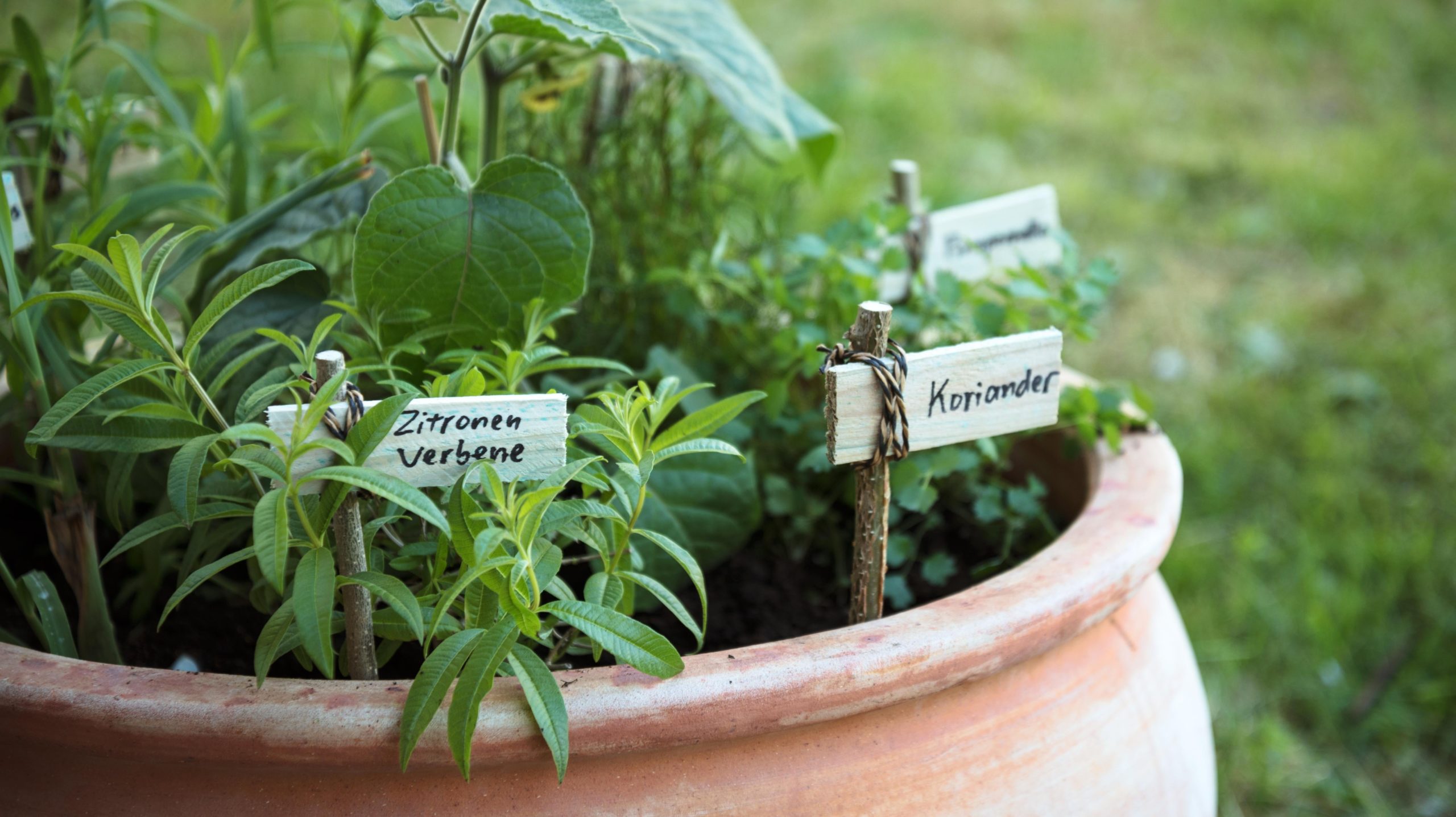
You don’t need fancy labels to keep track of your plants. Instead, take a small strip of duct tape and wrap it around a toothpick or popsicle stick, and use a pen or sharpie to list the plants. If you want, you can also use include care instructions (useful for if you’re on vacation and someone else is taking care of your plants), or to keep track of how often you’ve watered a plant by adding a tick mark to remind yourself when you’ve done it already.
Use duct tape to remove a stuck light bulb without breaking it
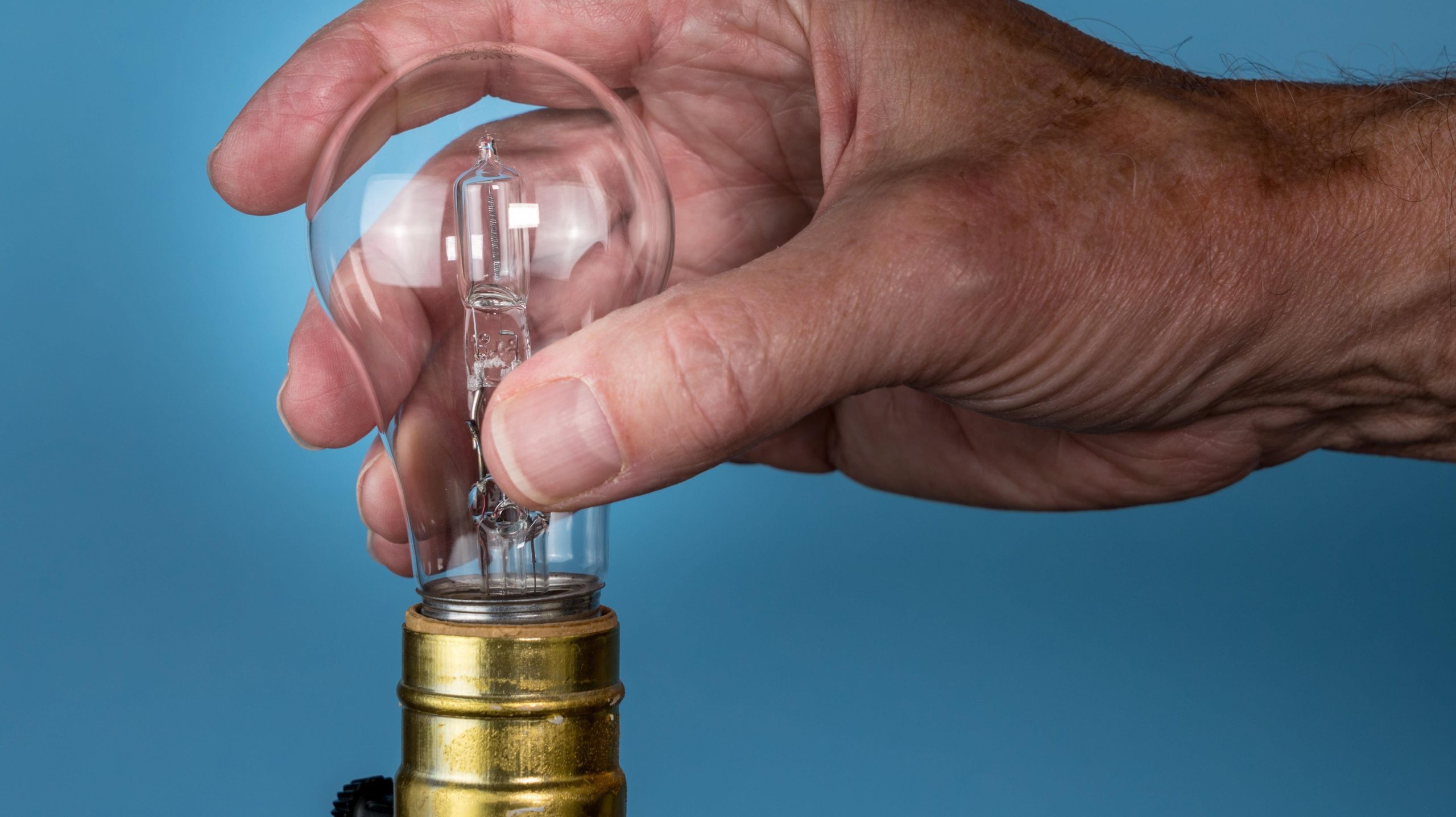
When a lightbulb gets stuck in the socket, it feels like the only option is to break the bulb and do surgery to remove the metal. Thankfully, duct tape provides an easier way. Just take a long strip of duct tape and make it into a circle, put the bulb in the middle of the circle, and close the tape around it, leaving handles on either end. You can then use the handles as leverage to twist the bulb without breakage.
Silence velcro with duct tape
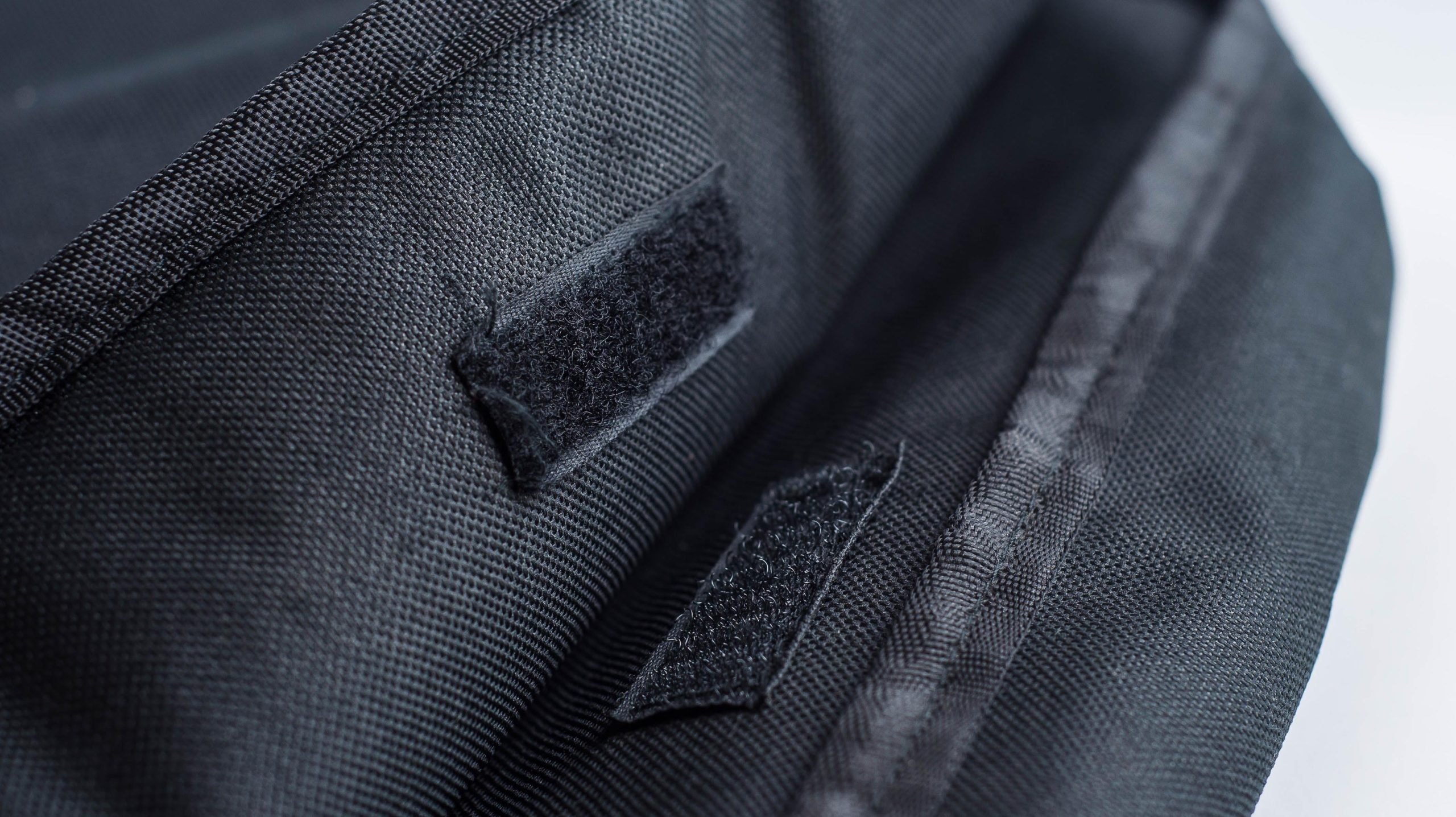
Bags and backpacks often have clasps, snaps, and velcro, but maybe you don’t like to use the velcro because of how loud it is (not to mention it tends to collect dust, random strings, and other debris). Instead of letting the whole office hear when you rip open a bag, cover the velcro with duct tape and use the clasps. You’ll avoid that incessant ripping sound.
How to make a duct tape book cover
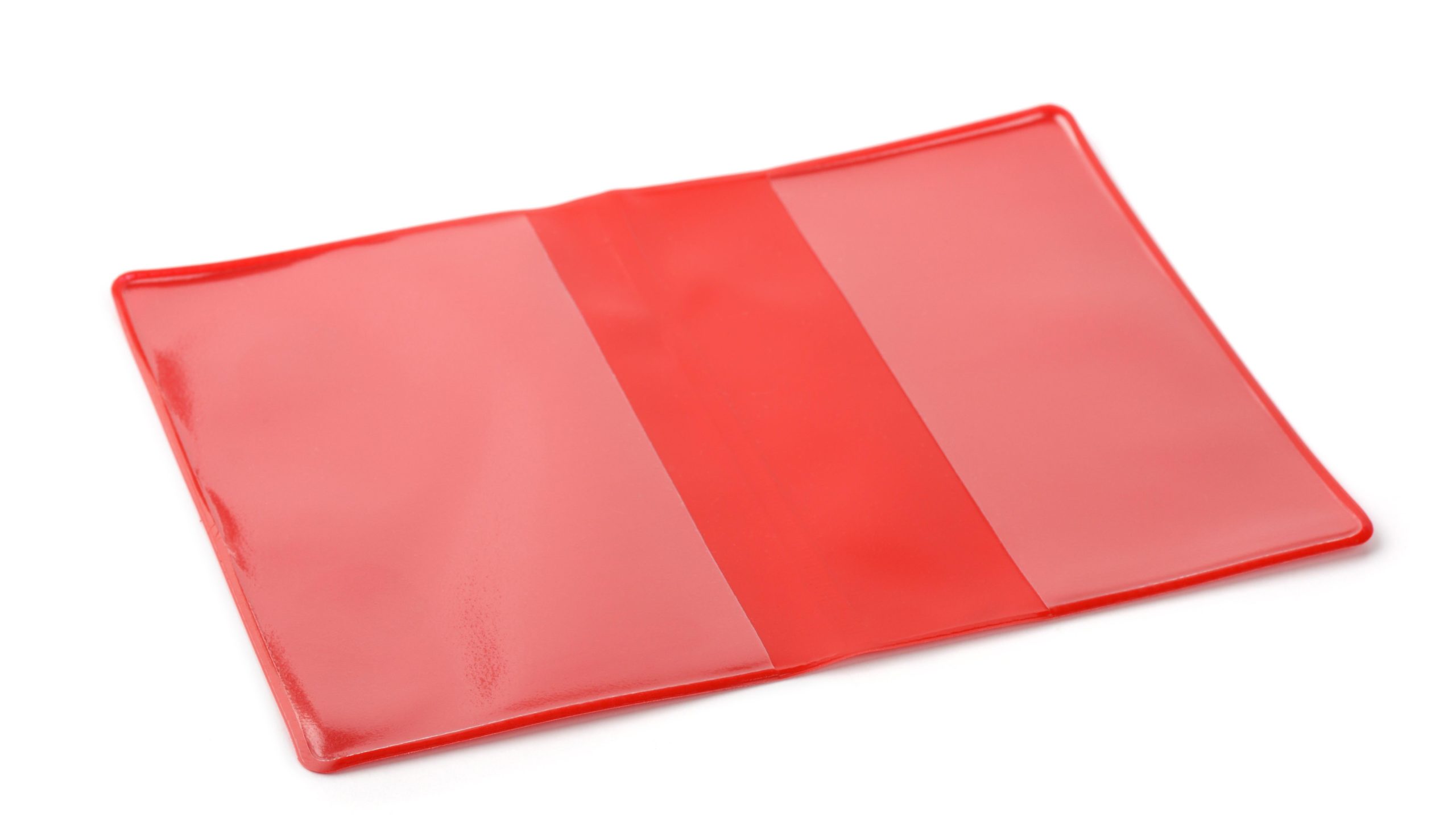
You can often resell your textbooks, and the better shape they are in, the more money back you’ll get. Some book covers cost a fair chunk of change, from $US13 ($17) to $US200 ($257), but most of us would find it pretty silly to spend much on a book cover when you can make one for the cost of one roll of duct tape.
Before you begin, measure the book’s length and width. Use a surface you can easily remove the tape from, whether it’s a crafting table or plastic folding table — just make sure you can put down a bunch of tape and easily peel it off. Lay down strips of duct tape overlapping just a bit, so you make a full sheet. Peel up the sheet and repeat laying strips over the sticky side of your sheet. You now have the base of the jacket.
Then fit it over the book to measure and cut the excess. Fold the sheet over the book to form the book jacket. Tape down the flaps so the book can fit in like a glove. Use stylish duct tape to make the cover your own. See Wiki How’s step-by-step guide for some visuals.
Make a collapsible water cup or dog bowl out of duct tape
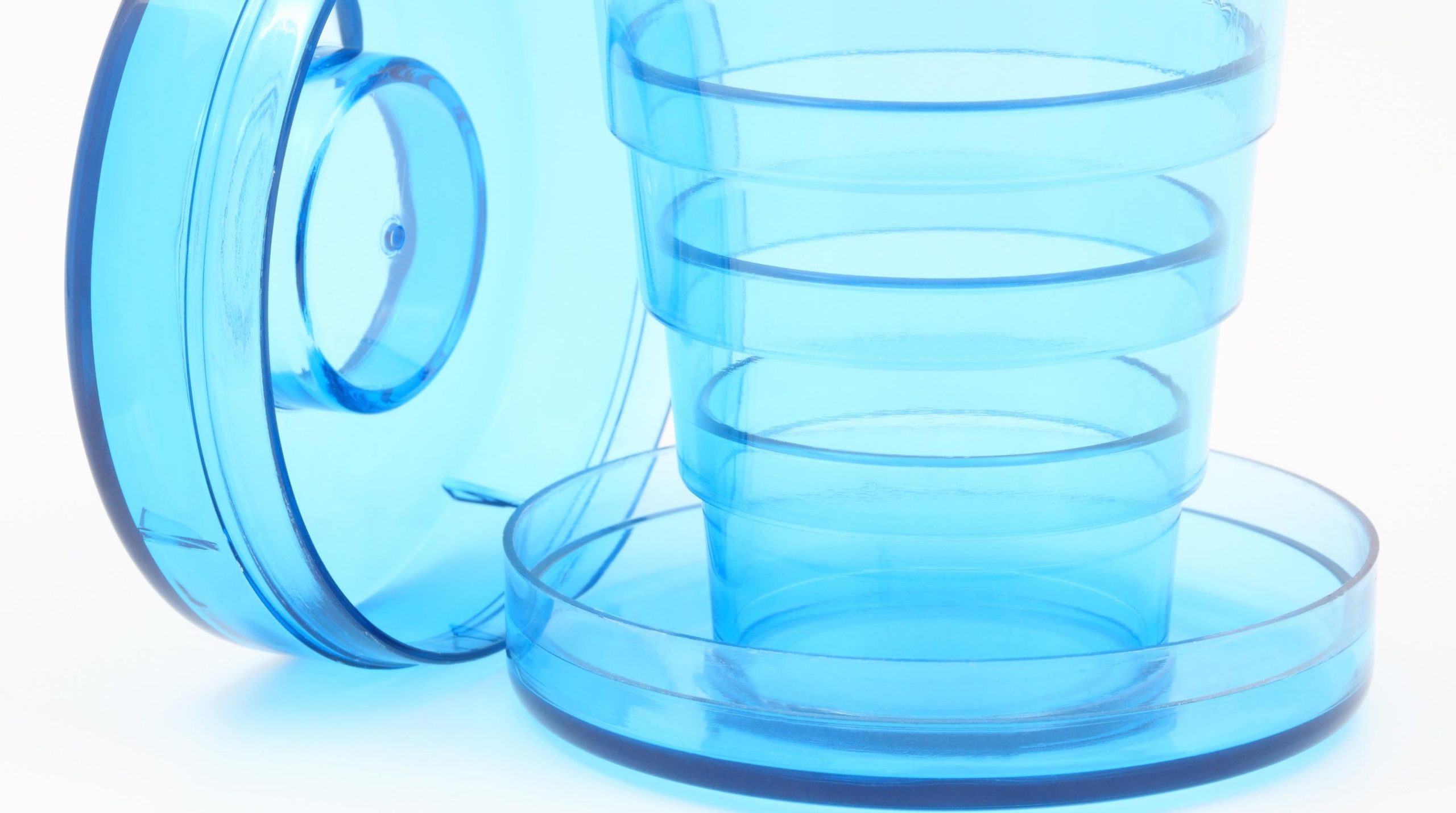
Collapsible cups are useful for keeping your dog hydrated on long walks or for when you’re camping in the wilderness. But hey, why buy a collapsible cup when you can make one? (OK, you’d just buy one, but let’s say you forgot it at home but kept duct tape in your car.) Cut out a seven to eight inch strip of duct tape, fold the strip in half longways, then fold into a circle, taping it together to make a ring. Do these steps again but slightly smaller to fit inside the previous ring. Cut out two circles the circumference of the first ring. Tape the two circles together to cover any stickiness and tape to the bottom of the first ring. Fit all rings inside each other, and voila – you have a collapsible cup. Check out this Instructables guide to see how it looks.
Wrap cords with duct tape without leaving them sticky
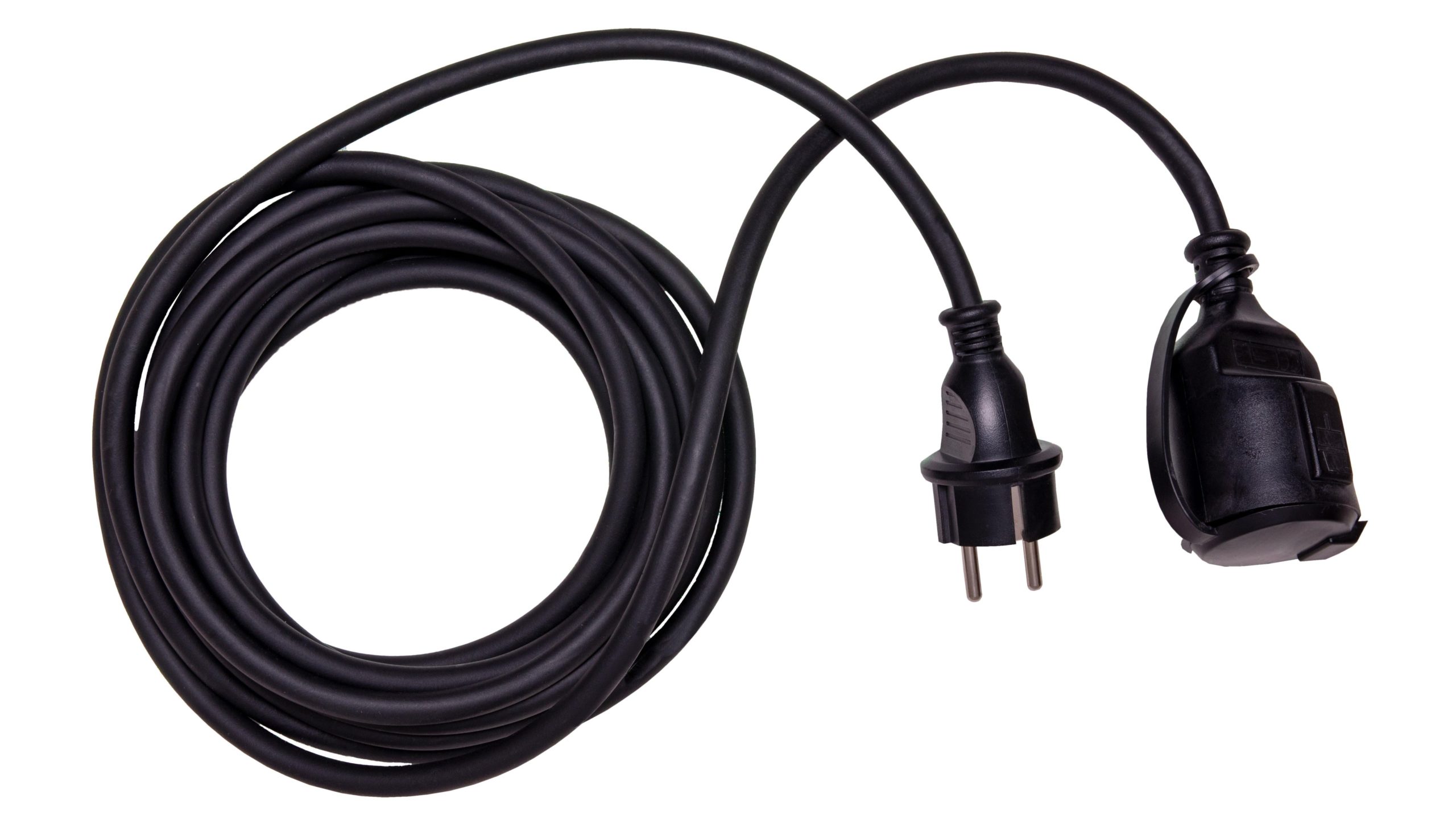
We’ve already reported how you can organise cords with binder clips, but duct tape offers a more customisable option. Cut the duct tape about an inch longer than the cords’ coiled thickness, then fold down one side, making a little tab. Do this step a second time with the tab on the other side. Stick the two strips together, so there is a sticky end on both sides. Wrap the strip around the cords you are wrangling and attach the sticky ends to complete a circle around the cords.
Keep drinks upright with a roll of tape
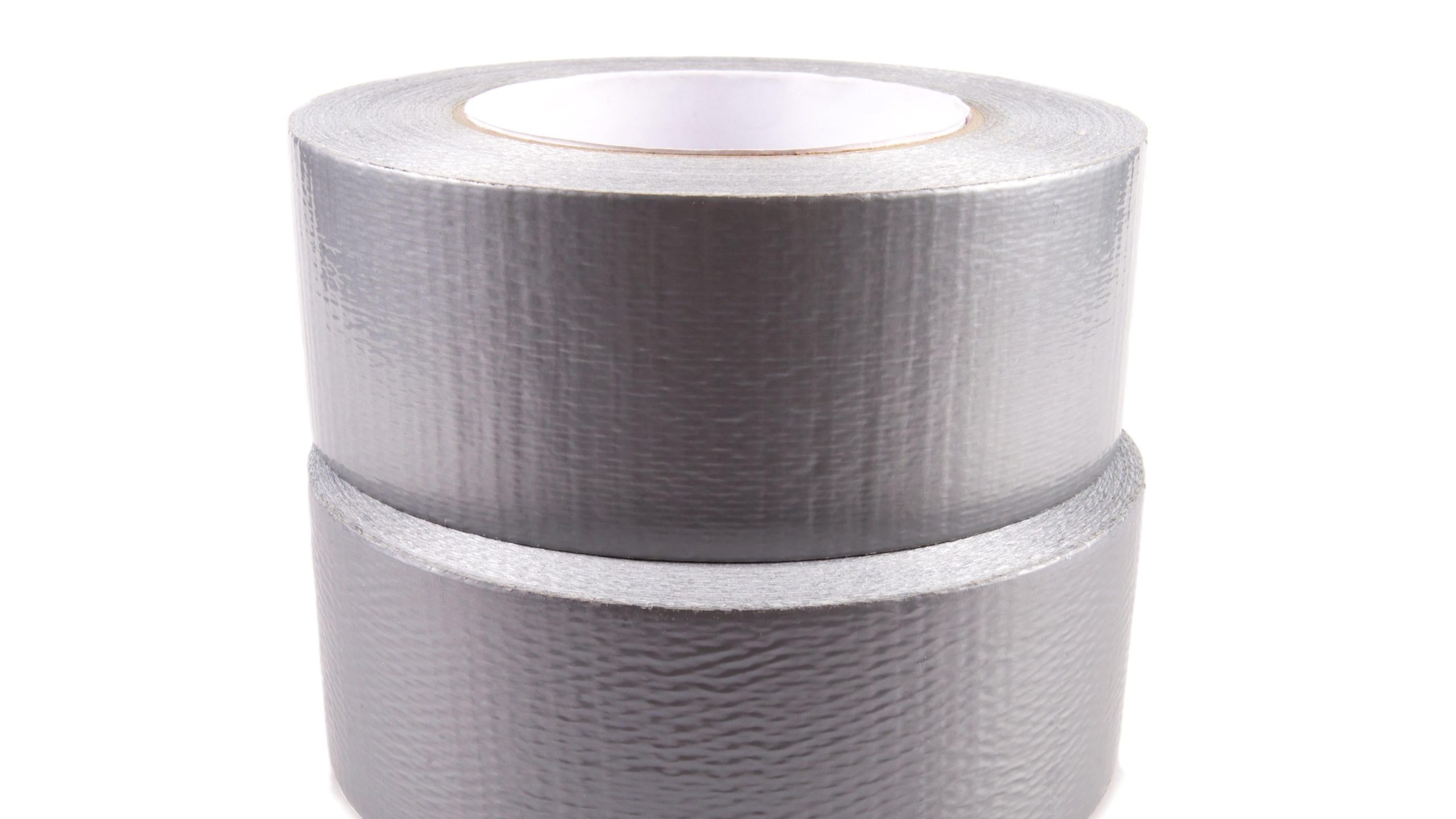
Need a DIY cup holder? Take a roll of duct tape and put your cup inside. It’s as simple as that. Duct tape rolls won’t fit every cup; it might take a few tries to find the perfect fit, but when you do, it’s great at keeping those flimsy plastic or paper cups from toppling over (especially great for parties when everyone’s using lightweight, disposable cups).
Open stubborn jar lids with duct tape
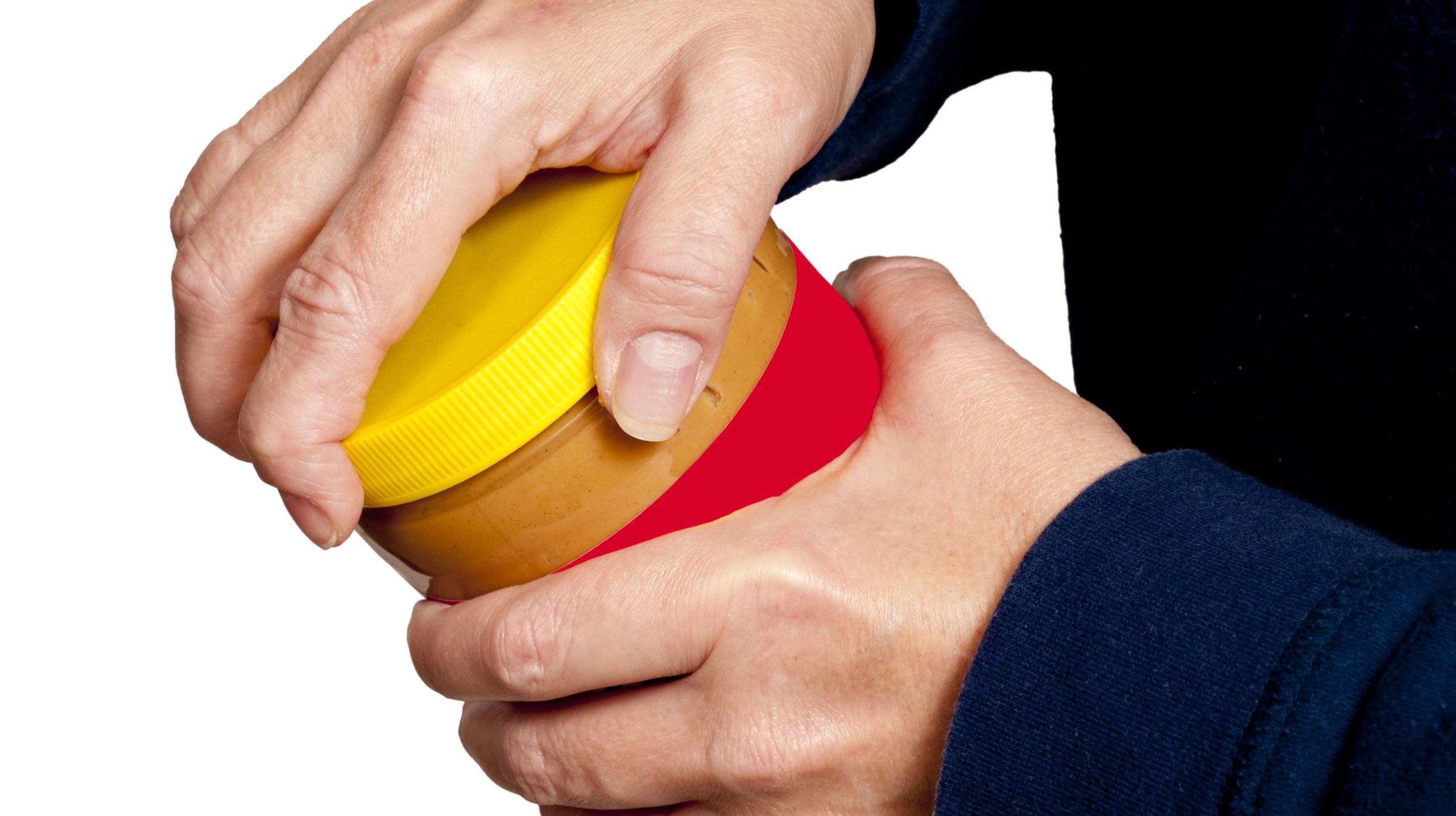
Take a long strip of tape and attach one end to the bottle or jar cap, making sure to cover the top and side of the lid. The rest of the strip should hang far enough off the lid, allowing leverage for pulling. Fold the tape strip on top of itself longways, so the sticky part is covered. Hold the container tight in one hand and pull the strip in the other. The strength of duct tape will dislodge the tight top. Check out this instructional video to get a better idea.
Get rid of tape residue with duct tape

The best way to get rid of tape residue is with the tape itself. If stubborn sticky pieces of tape are left behind after you remove it from your wall, mirror, or another surface, put that same piece of tape or another piece right on top of the affected area. Press down to stick to the affected area and pull. The tape will have grabbed the little sticky pieces off the surface. This method doesn’t remove every piece perfectly, but makes clean up much easier.
Patch holes in a tent with duct tape
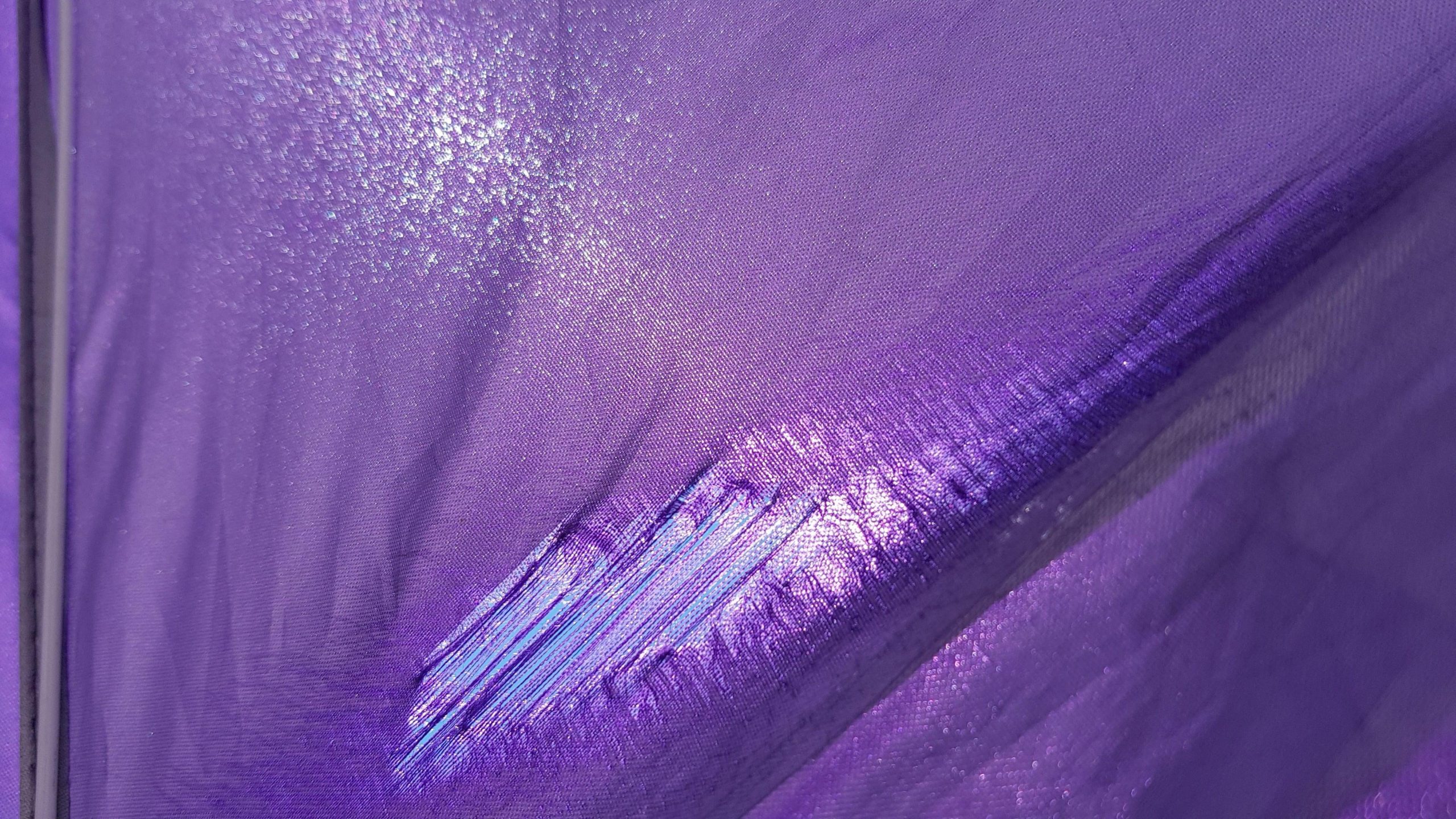
It’s terrible luck when your tent gets damaged while camping, as a hole in your tent could let in water, wind, and bugs. Thankfully, if you have a roll of duct tape (a vital camping supply), you can quickly patch up any holes or tears in a bind.
How to remove splinters with duct tape

Splinters are the worst, and getting them out can take a lot of concentration and pain. Try taking a piece of duct tape and sticking it to the splinter area. Leave the duct tape for two to three minutes, then slowly pull it off. You might need to repeat this a few times to get it up, but it often beats stabbing it with tweezers.
Hem your pants with duct tape
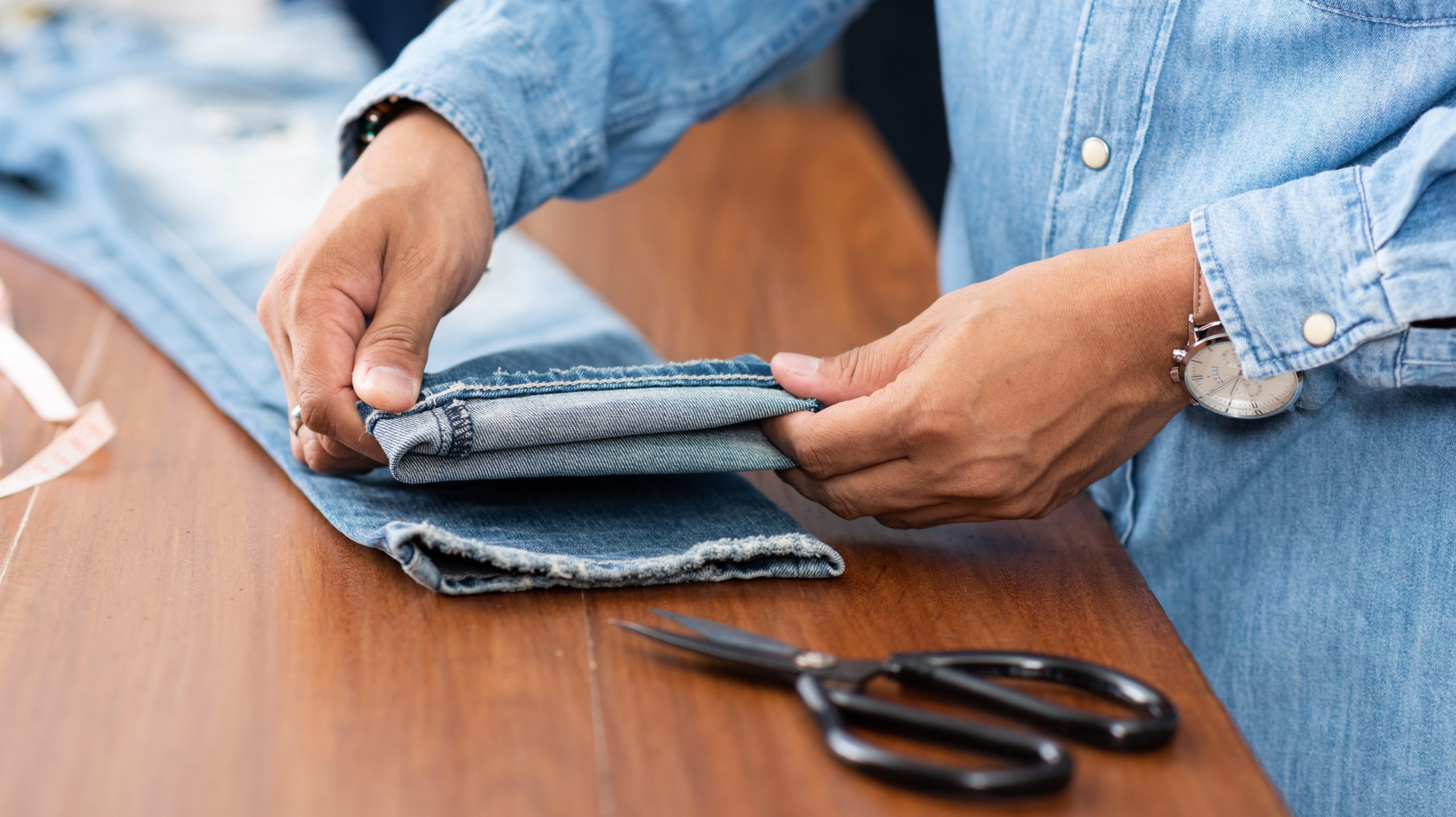
When you notice the hem of your pants or skirt coming loose, sometimes it’s hard to break out the sewing kit and do a quick hem, especially if you aren’t the best seamstress. Instead, fold the loose fabric to the desired length and tape it down with as much tape as needed. You’ll have perfectly sized pants or skirt until you can get them to a tailor for a permanent fix.
Keep feet warm in the winter with duct tape insoles
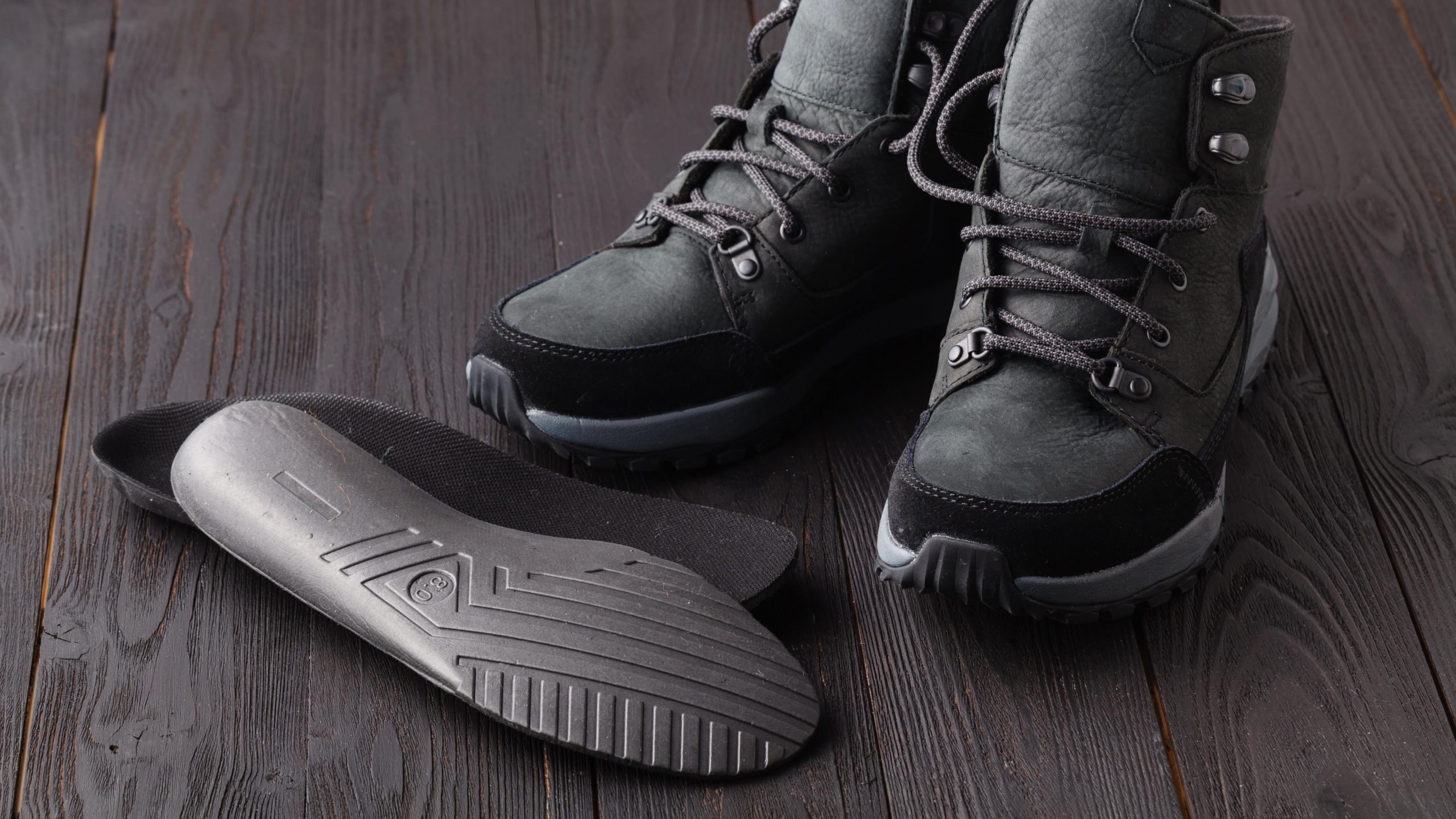
Hikers and skiers will often use reflective material and foil to provide extra heating in their footwear, so why not duct tape? For extra insulation in your boots during the colder months (or for warmer feet on ski trips), tape duct tape to the inside of your boots. Just remove the inner lining or insole of your boots, take some duct tape (the silver kind) and cover the bottom with tape, adding another layer to the insole. The reflective tape will trap in more heat.
Protect floors with duct tape furniture protectors
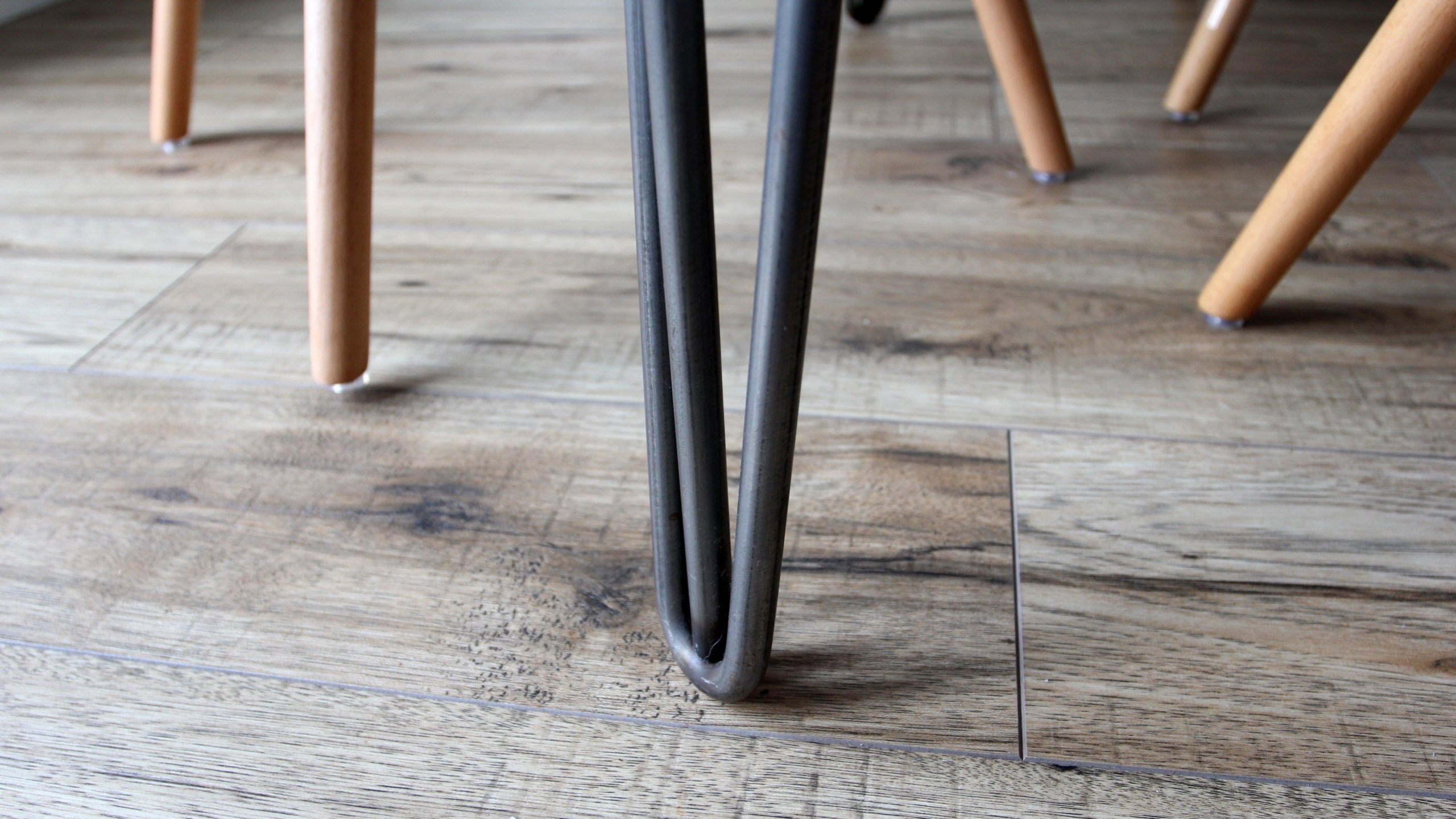
Sliding your chair across a wood floor can be a death sentence for the floor surface, as little scratches and nicks add up over time, ruining your floors. If you want to take care of the situation right away, grab a roll of duct tape. Using small pieces of tape, cover the legs of chairs, tables, couches, and other furniture to provide some cushioning. You’ll be protecting both the floor and your furniture when dragging them around the house.
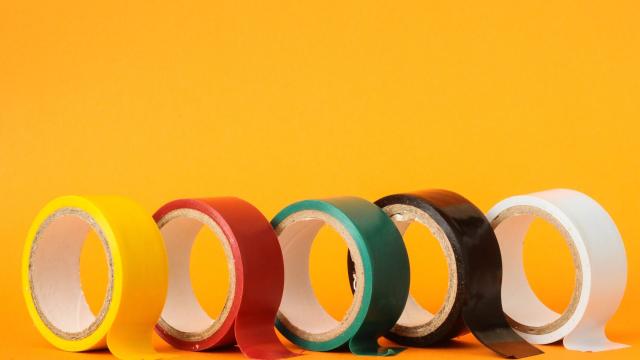
Leave a Reply
You must be logged in to post a comment.